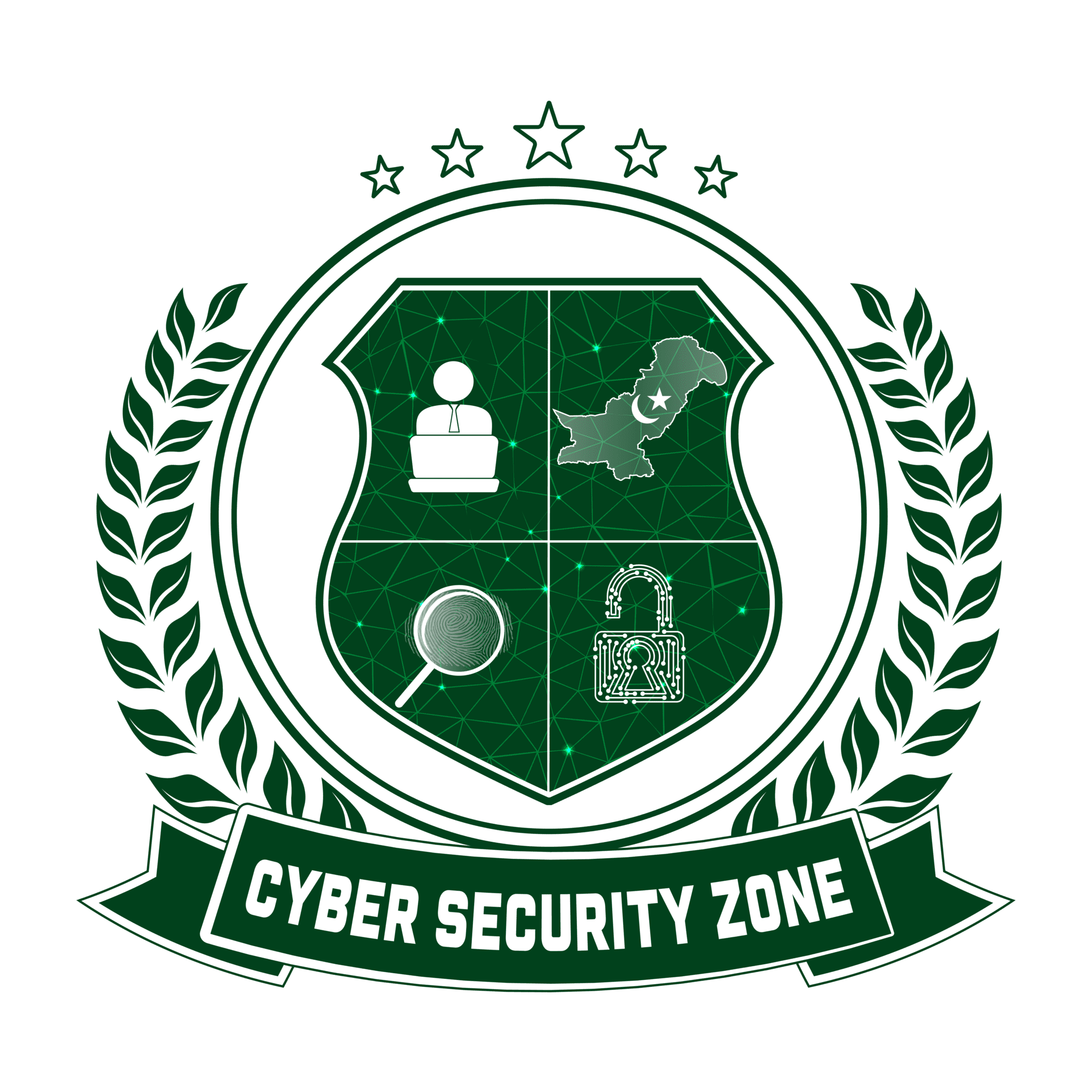In today’s digital landscape, safeguarding our online accounts and sensitive information is more critical than ever. With cyber threats constantly evolving, relying solely on passwords for security isn’t enough. That’s where multi-factor authentication (MFA) comes in – an additional layer of defense that adds an extra level of protection to your accounts.
What is Multi-Factor Authentication (MFA)?
Multi-factor authentication, often abbreviated as MFA, is a security mechanism that requires users to provide two or more forms of verification before granting access to an account or system. These factors typically fall into three categories:
- Something You Know: This is typically your password or PIN.
- Something You Have: This could be a physical device like a smartphone, token, or smart card.
- Something You Are: This refers to biometric data such as fingerprints, facial recognition, or voice recognition.
Why is MFA Important?
1. Enhanced Security:
MFA significantly strengthens security by adding layers of protection beyond just passwords. Even if a hacker manages to obtain your password through phishing or other means, they would still need additional factors to access your account.
2. Protection Against Unauthorized Access:
By requiring multiple forms of verification, MFA helps prevent unauthorized access to your accounts, even if your password is compromised. This is especially crucial for sensitive accounts like email, banking, and business systems.
3. Compliance Requirements:
Many regulatory standards and compliance frameworks, such as GDPR and HIPAA, mandate the use of multi-factor authentication to protect sensitive data. Implementing MFA not only helps you comply with these regulations but also demonstrates your commitment to data security.
4. User-Friendly Experience:
Contrary to popular belief, MFA doesn’t necessarily make the login process more complicated. With options like push notifications, biometric authentication, and one-time passcodes, MFA can actually enhance the user experience by providing convenient and secure access to accounts.
How to Enable MFA:
Enabling multi-factor authentication is relatively straightforward and can usually be done within the settings of the account or application you wish to secure. Here’s a general guide:
- Go to Security Settings: Locate the security or account settings within the application or platform.
- Enable MFA: Look for the option to enable multi-factor authentication and follow the prompts to set it up.
- Choose Verification Methods: Select the verification methods you prefer, such as SMS codes, authenticator apps, or biometric authentication.
- Verify Your Identity: Complete the setup process by verifying your identity through the chosen methods.
Conclusion:
In an age where cyber threats are constantly on the rise, implementing multi-factor authentication is no longer optional – it’s a necessity. By adding an extra layer of defense, MFA helps protect your accounts, data, and identity from unauthorized access and cyber attacks. So, take the proactive step today to enable multi-factor authentication wherever possible and keep your digital world secure. Your peace of mind and security are worth it!





